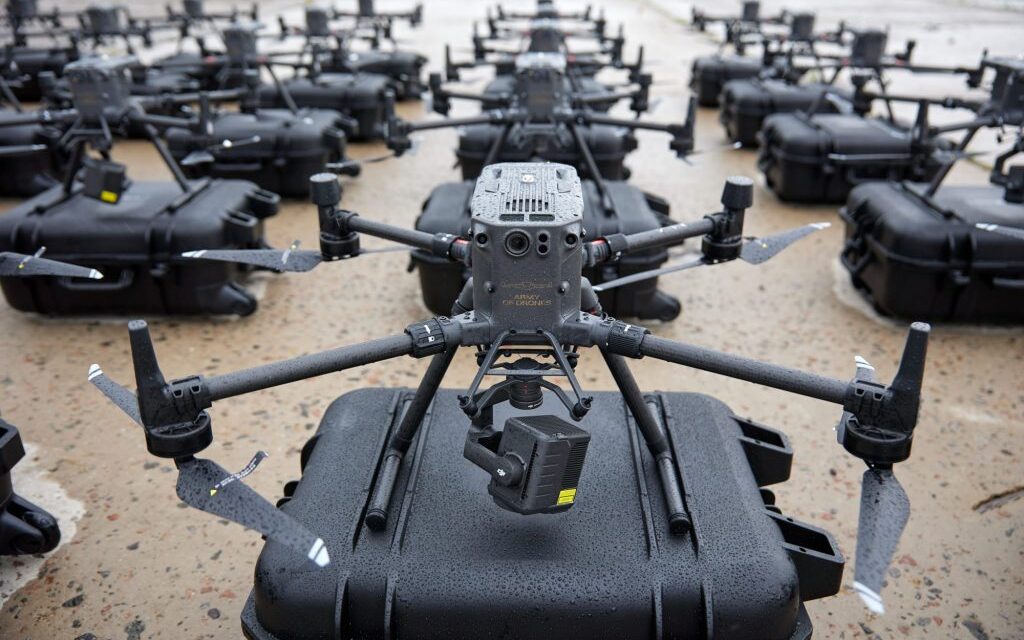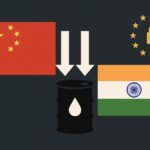Ukraine’s foreign minister Andrii Sybiha uses a concise message to outline a larger strategy: convert the ingenuity forged by survival into an engine for Ukraine’s long-term security, and pair it with unrelenting economic pressure on Russia. He argues that, under the stress of defending itself, Ukraine has vaulted into a tech-forward nation whose strengths now reach far beyond the front line. In his view, the country’s wartime ecosystem has produced world-class capabilities in drones, combat-oriented artificial intelligence, cybersecurity, digital public services, and modern banking, among other fields. That momentum, he contends, should be scaled with outside capital and industrial partnerships. Sybiha’s appeal is deliberately two-sided. First, he asks partners to invest more in Ukrainian technologies and help move the best ideas into mass production. This, he stresses, is not charity but mutual gain: those who back Ukraine now will directly benefit from the innovations that emerge, while also reinforcing transatlantic security. Second, he urges a tightening of sanctions to constrict the inputs that keep Russia’s war machine running. Every microchip that does not reach Moscow, he says, is a life saved. He calls for cutting Russian oil revenues and fully severing the Kremlin’s access to advanced technologies—a combination designed to erode Russia’s capacity to wage war while rewarding countries and firms that align with Ukraine’s technological ascent. Taken together, the message frames Ukraine as both an investment thesis and a strategic bulwark. It positions Ukrainian industry as a high-return partner in areas—unmanned systems, AI, secure digital infrastructure—where combat pressure has forced rapid iteration and measurable performance. At the same time, it links that opportunity to a moral and security imperative: starving Russia of money and components so that fewer Ukrainian lives are lost and a durable peace becomes more attainable. The call is ultimately pragmatic: scale what works, lock down what empowers the aggressor, and do both quickly enough for the benefits—economic, technological, and strategic—to compound on the side of Ukraine and its allies.
Invest in Ukraine’s War-Bred Tech, Cut Moscow’s Lifelines












